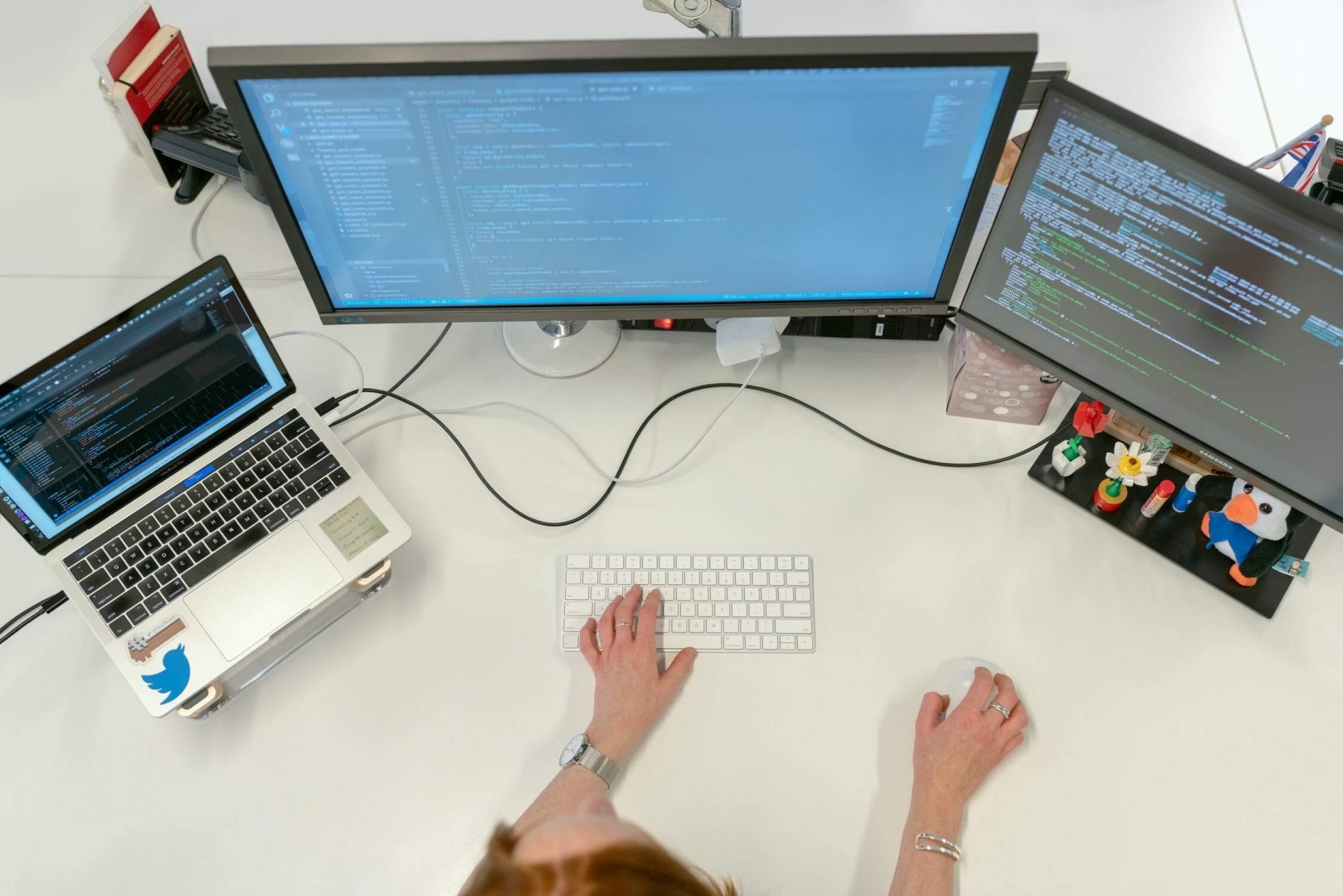Comments
- No comments found

The electron may be the best ambassador to human engagement and transformation.
Tat Tvam Asi, or as roughly translated from Sanskrit, "thou art that."
Perhaps the three most powerful words in the grand scheme of humanity. Simply put, it's about the realization of connectivity. I am connected to you, you are connected to me. And as we push this philosophical concept along its natural path, we emerge at the notion that it's less about you being connected to me, and more about the profound and fundamental idea that you are me.
Connectivity is the primary realization that transforms our perception of the human experience. The relationship we have with each other, and the quality of the connection is what religion and philosophy have been professing for ages. From the aspect of "unity consciousness" to the idea of "love your neighbor as yourself," we have all been exposed to the role of connectivity and how this connection can act as a transformative process. Seeing yourself in your family, friends, strangers, and even your enemies offers a perspective that can be captured only by one word: love. When I can see you in me and me in you, I would no more likely lash out at you with hate or violence than upon myself. You see, tat tvam asi. You and I are one, but we often fail to recognize it.
I'm reminded of a story about a famous cardiologist who leveraged technology to save lives. He's known as a great clinician and innovator who changed the practice of medicine. And along the way, he did something else that helped change the path of humanity. And for this, he won the Nobel Prize in 1985. His name is Bernard Lown and he pioneered the development of the direct current defibrillator, now the standard of care for cardiac resuscitation. He developed the cardioverter for correcting disordered heart rhythms and established the basis for the modern coronary care unit. In the early 1960s, he was a founder of Physicians for Social Responsibility, and in the eighties, he co-founded, with Dr. Yevgeny Chazov from the Soviet Union, International Physicians for the Prevention of Nuclear War (IPPNW). Lown leveraged technology to help connect us and to shine the spotlight on the potential horror of nuclear proliferation.Interestingly, at a press conference with Dr. Yevgeny Chazov from the former Soviet Union who shared the Nobel Prize, someone in the audience experienced sudden cardiac death. Lown and Chazov went directly to work and saved this man's life. And as they performed their resuscitative efforts, they worked as one—not an American or Russian—but as human beings sharing a live-saving task. Lown understood the power of technology and he used this knowledge to drive change in the broader context.
Another interesting example of connectivity that's changing the world is taking place in the operating room and, at the same time, around the world. Shafi Ahmed is a British surgeon who has performed procedures using virtual reality and shared this with other surgeons and students around the world. Ahmed is helping train a new generation of physicians on a global scale. He's connecting people and ideas that might never have had that chance to connect.
John is the #1 global influencer in digital health and generally regarded as one of the top global strategic and creative thinkers in this important and expanding area. He is also one the most popular speakers around the globe presenting his vibrant and insightful perspective on the future of health innovation. His focus is on guiding companies, NGOs, and governments through the dynamics of exponential change in the health / tech marketplaces. He is also a member of the Google Health Advisory Board, pens HEALTH CRITICAL for Forbes--a top global blog on health & technology and THE DIGITAL SELF for Psychology Today—a leading blog focused on the digital transformation of humanity. He is also on the faculty of Exponential Medicine. John has an established reputation as a vocal advocate for strategic thinking and creativity. He has built his career on the “science of advertising,” a process where strategy and creativity work together for superior marketing. He has also been recognized for his ability to translate difficult medical and scientific concepts into material that can be more easily communicated to consumers, clinicians and scientists. Additionally, John has distinguished himself as a scientific thinker. Earlier in his career, John was a research associate at Harvard Medical School and has co-authored several papers with global thought-leaders in the field of cardiovascular physiology with a focus on acute myocardial infarction, ventricular arrhythmias and sudden cardiac death.
Leave your comments
Post comment as a guest